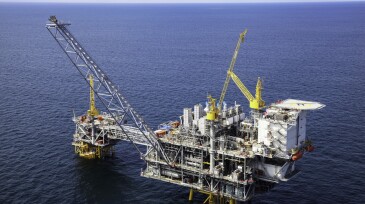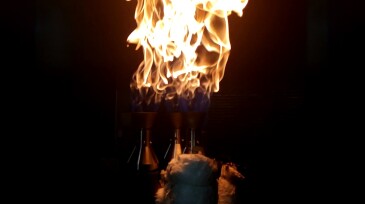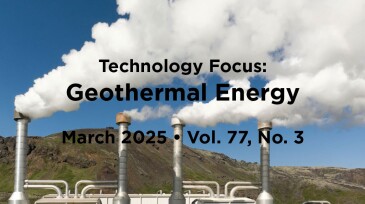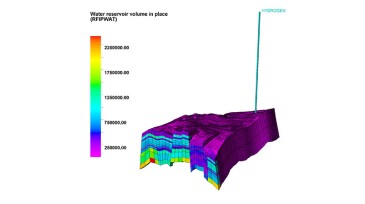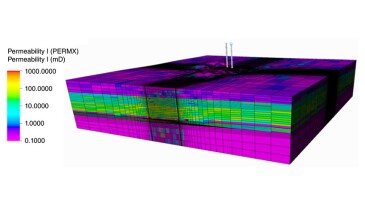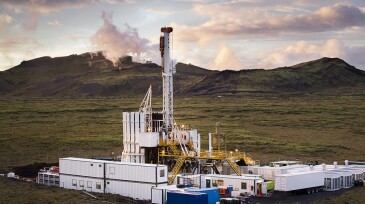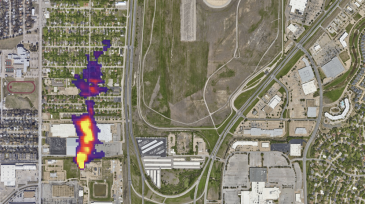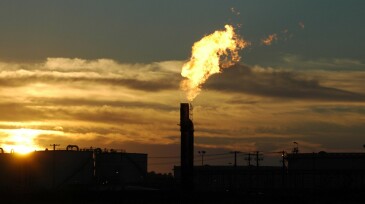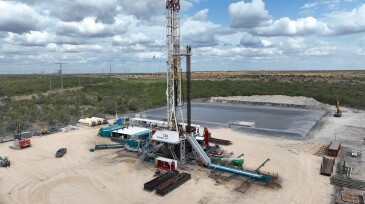Environment
The two companies said they will evaluate the possibility of a joint venture to develop a direct air capture hub in South Texas, with XRG considering investing up to $500 million.
Across Texas, abandoned wells are erupting with chemical-infused liquid and some have created massive lakes of contaminated water. Regulators say they need more money to address the problem.
The company has transformed its former Genesis platform into an artificial reef for marine life off the coast of Louisiana.
-
This article is the second of a two-part series on produced-water management in the Gulf of Mexico and covers four themes: equipment, process configuration, operations, and effluent quality.
-
The new burner, created with the help of machine learning and additive manufacturing, promises high methane destruction efficiency and combustion stability even in windy conditions.
-
Geothermal systems, which rely on extracting heat from deep within the Earth, face many of the same technical challenges that oil and gas operators have tackled for decades. Geothermal development can be advanced efficiently and economically by applying proven oil and gas technologies.
-
This paper aims to investigate the use of an optimization workflow to maximize both hydrogen storage and the net present value to obtain an optimal reservoir development strategy.
-
The authors introduce a novel framework combining dynamic mode decomposition, a data-driven model-reduction technique, with direct data assimilation to streamline the calibration of carbon-dioxide plume evolution models.
-
The companies have announced they will work together to integrate geothermal well engineering and project delivery globally.
-
A magnitude 5.0 quake was followed by a magnitude 4.7 temblor, both in Culberson County in West Texas, an area that is already being watched by the Texas Railroad Commission, the state's oil regulator, because of a jump in seismic activities.
-
A new study finds that, of the roughly 15 million tonnes of methane coming from onshore oil and gas activities in the continental US annually, 70% comes from smaller, dispersed sources emitting less than 100 kg of methane per hour and 30% of emissions are from sites releasing less than 10 kg per hour.
-
This article explores three key themes for the oil and gas sector: the evolution of methane regulation at the state and federal levels, a preliminary forecast of why and how methane regulation will continue, and practical ways the oil and gas sector can prepare for enhanced enforcement scrutiny.
-
The companies said they plan to work together on developing geopressured geothermal systems for low-carbon energy storage and geothermal power generation.




